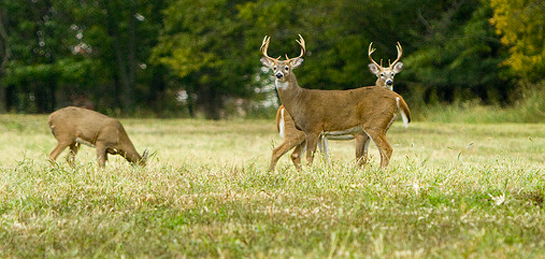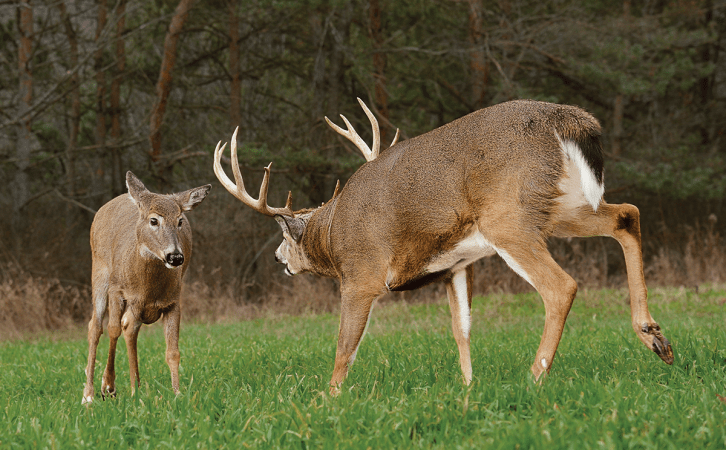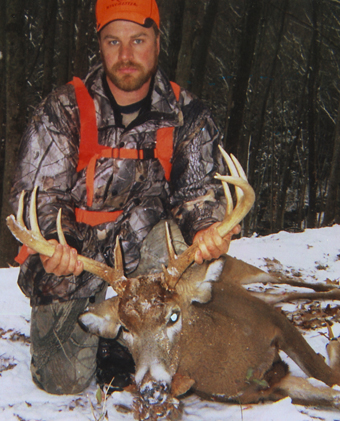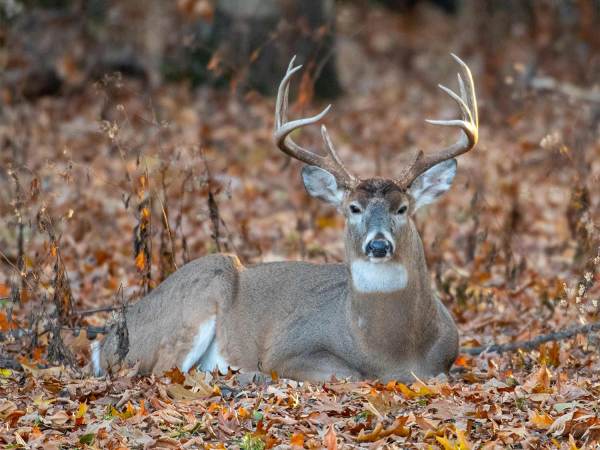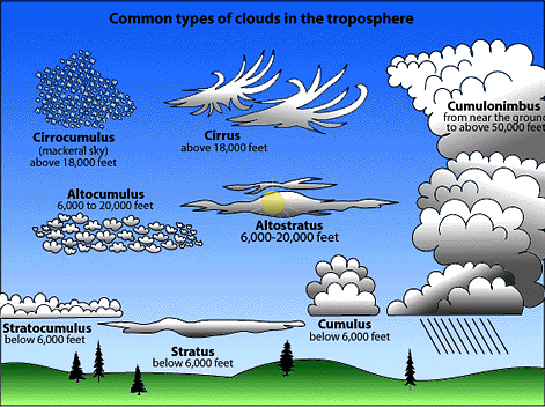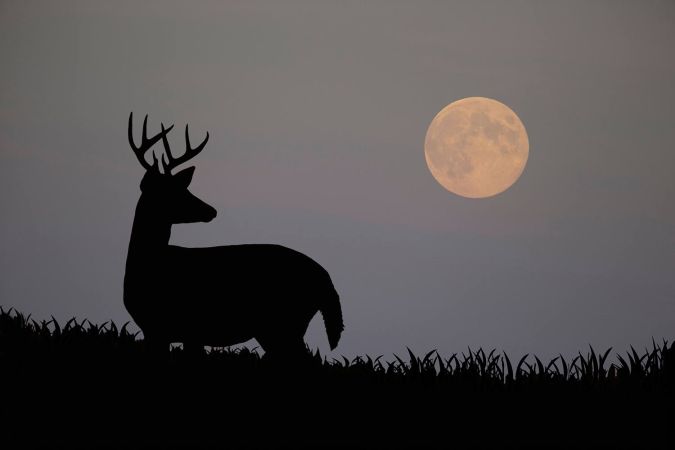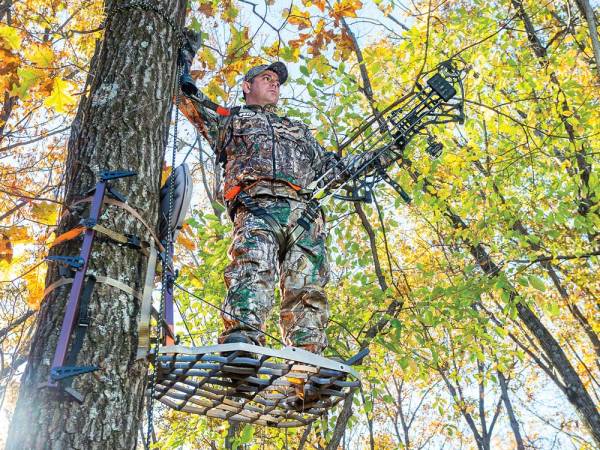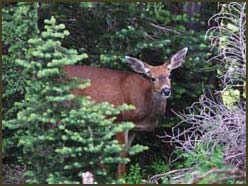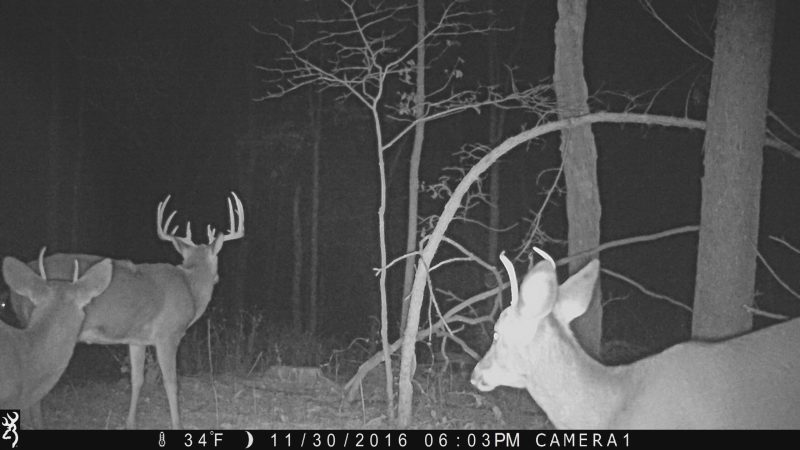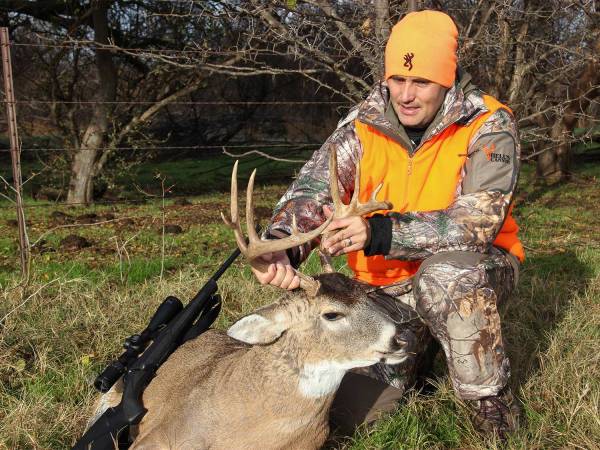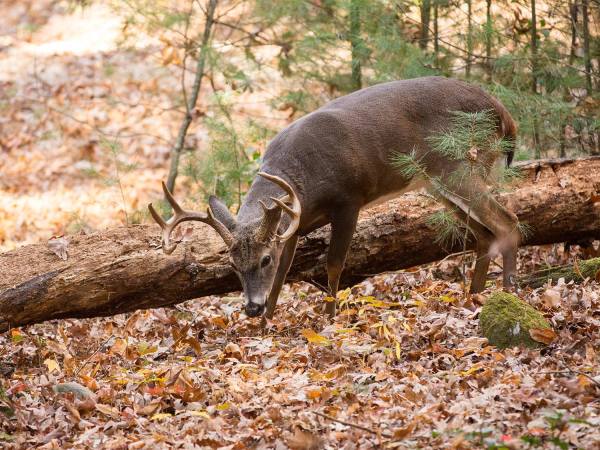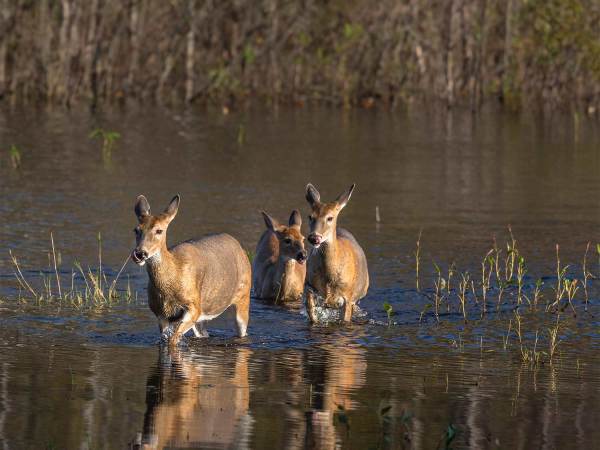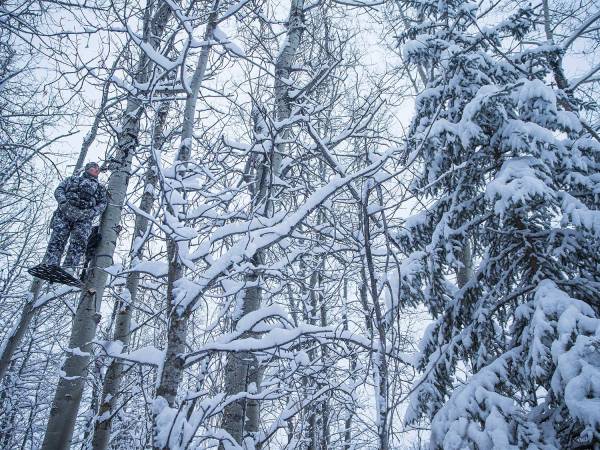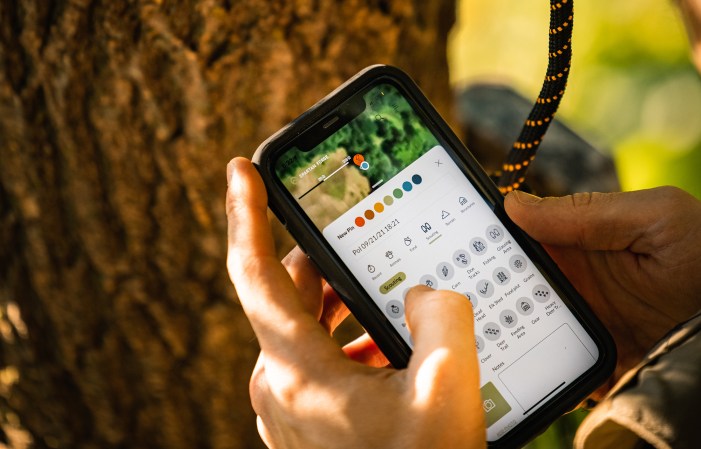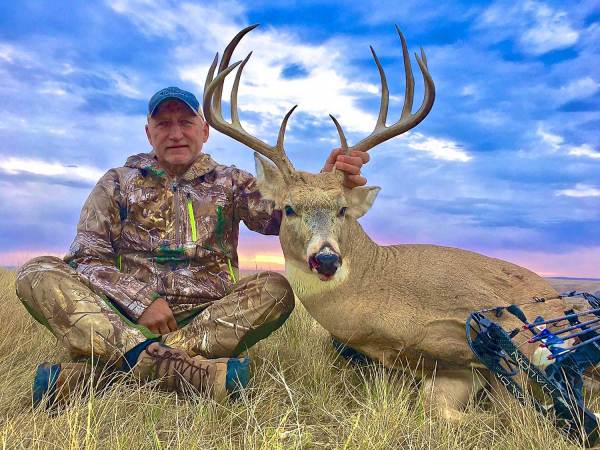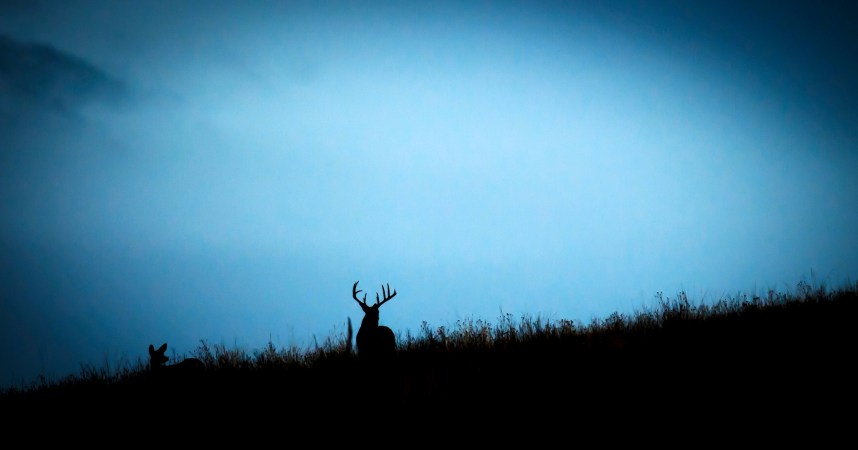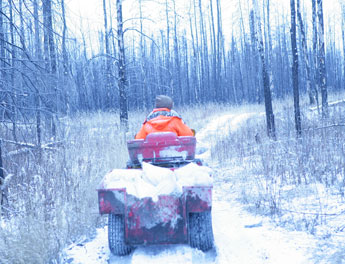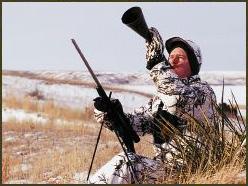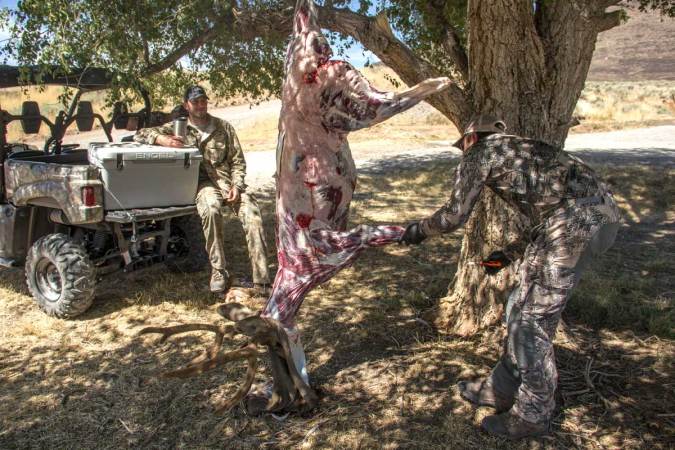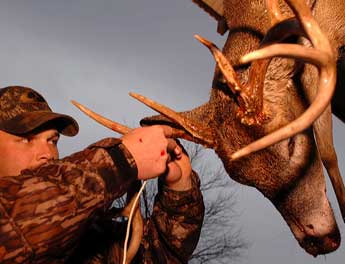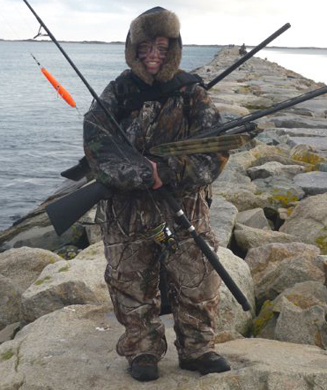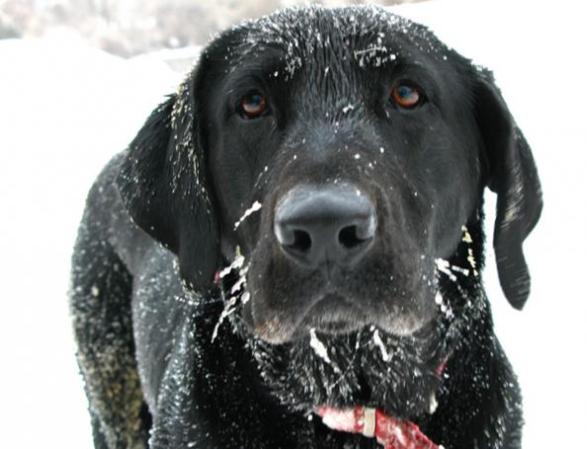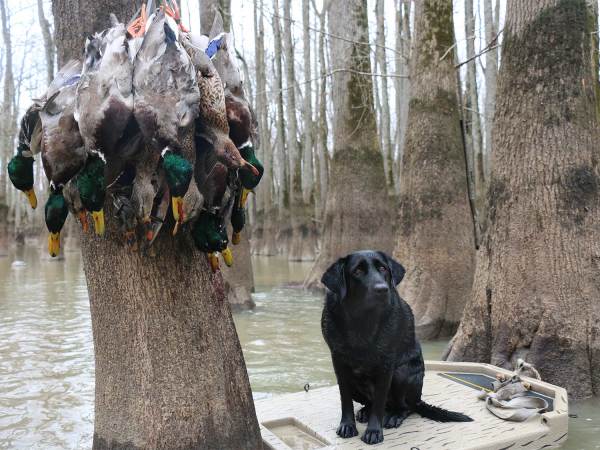Most of us have experienced the magical powers cold fronts seem to have on deer during late October or December, but too often hunters ignore the impacts of cooling temperatures earlier in the year. This is a huge missed opportunity. Coming off months of hot and humid weather, a good drop in the mercury almost always will get deer on their feet earlier in the day. That might be just what you need to finally see that buck you’ve been dreaming of all summer.
The importance of an early season cold front was hammered home for me last year on October 6. Weather forecasters predicted a front would move through that afternoon. Temperatures the day before were in the high 70s, and temperatures that evening were expected to fall into the upper 40s and 50s. With this forecast in store, I threw caution to the winds and moved in to one of my best set-ups. Before the evening was done, I’d encountered two mature bucks. I’m confident neither of these deer would have been moving during daylight if it weren’t for the change in temperature.
Outdoor Life contributor and whitetail-weather aficionado James Nelson has been studying deer movement and weather for years and it’s worth noting some of his observations—especially during the early season:
“After years of studying Boone and Crockett harvest data, I’ve been able to pattern certain trends in temperature and deer activity,” he says. “Regardless of the region you hunt or time of year, here are some interesting facts about how temperature affects deer activity…
1. If your forecasted temperature is 5 to 10 degrees below your historical average, deer activity will increase by 30 to 55 percent.
2. There are dry temperatures and wet temperatures. Deer prefer humidity between 40 and 50 percent. If it’s 70 degrees out and the humidity is 70 percent, there won’t be much daylight activity even if you’re 5 degrees below average temperature as stated above.
3. Watch your morning and evening temperatures in conjunction with the dew point. If they’re within three degrees or less of each other, records show a harvest increase and activity spikes.
4. In early season, you will see scrape activity begin or increase on days that have lows in the 40-degree range or less for three or more consecutive days.
5. Days after two or more consecutive hard frosts (27 degrees or lower) will see an increase in feeding and browsing, especially on food plots.
6. Watch your weather forecast temperatures. If you see a quick rise in temperature forecast (10 degrees or more in 24 hours), hunt the afternoon and evening before the increase. There’s a good chance a front is passing and the barometer is rising.
7. Logic tells us that on warm days it’s better to hunt cover areas, closer to bedding and water sources. On cool days, hunt food sources, transition zones, and scrape and rub lines.
If you’re looking for an edge this early season, keep an eye out for cold fronts. Then do whatever you need to do to get out and hunt one of your best spots when it hits. It’s important to note that the temperature itself isn’t as important as the change in temperature. I’ve found that a drop of about 10 degrees from the previous days high is enough to trigger a cold front movement pattern. This increased movement will typically continue into the day after the front hits as well.

